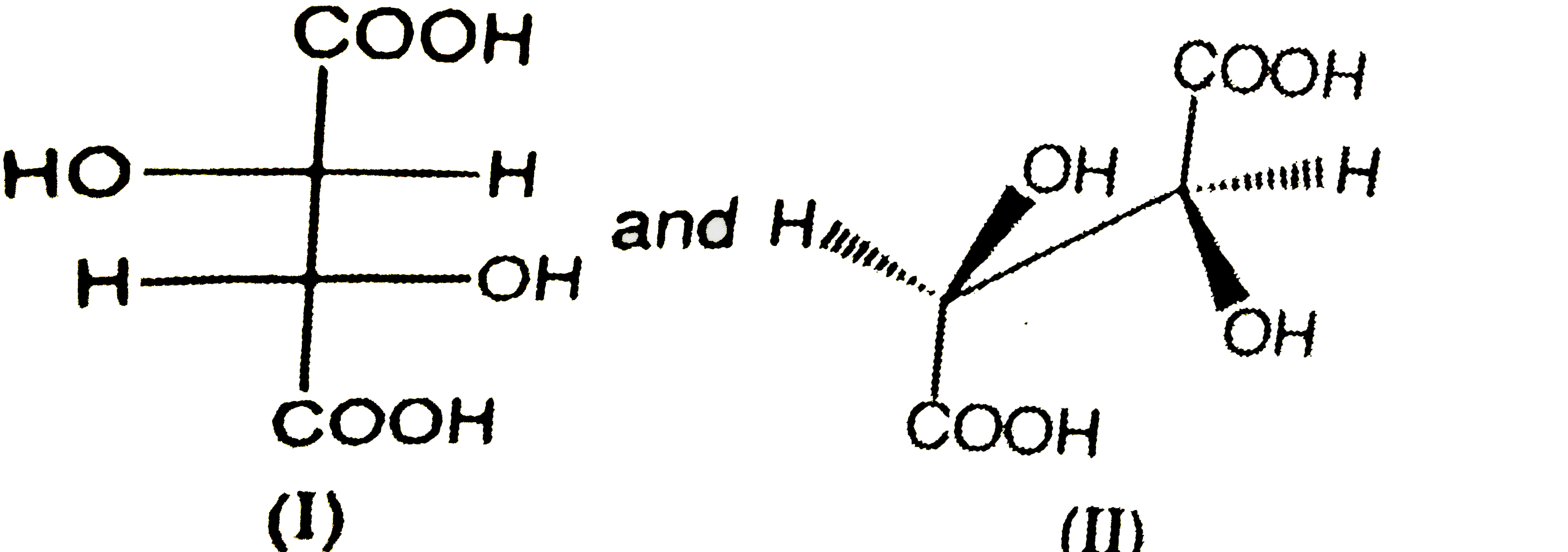 (i) Total number of tractions on fractional distillation of I, II and III. (ii) Optical active compounds.
(i) Total number of tractions on fractional distillation of I, II and III. (ii) Optical active compounds.
(iii) Relation between I and II. (iv) Relation between I and II.
Text Solution
The correct Answer is:(i) Mixture of I, II and III give two fraction on fractional distillation.
(ii) I, II and III all are optically active
(ii) I and II are pair of enantiomers
(iv) I and III are optical diastereomer. 1
|
Topper's Solved these Questions
- STEREOISOMERISMBOOK - RESONANCECHAPTER - STEREOISOMERISMEXERCISE - EXERCISE (PART 1 SECTION (G))
4 Videos
- STEREOISOMERISMBOOK - RESONANCECHAPTER - STEREOISOMERISMEXERCISE - EXERCISE (PART 1 SECTION (H))
2 Videos
- STEREOISOMERISMBOOK - RESONANCECHAPTER - STEREOISOMERISMEXERCISE - EXERCISE (PART 1 SECTION (E))
2 Videos
- SOLUTIONSBOOK - RESONANCECHAPTER - SOLUTIONSEXERCISE - Advabced Level Problems (PART-2)
35 Videos
- STRUCTURAL IDENTIFICATIONBOOK - RESONANCECHAPTER - STRUCTURAL IDENTIFICATIONEXERCISE - Advanced level Problems (Part-III)
12 Videos
Similar Questions
Knowledge Check
The correct relation between compound(s) I and II is/are
 Aidentical.BDiastereomersCenantiomersDconfigurational isomers
Aidentical.BDiastereomersCenantiomersDconfigurational isomersThe two compounds (I) and (II) are related as :
 AEnantiomersBAnomersCDiastereomersDIdentical
AEnantiomersBAnomersCDiastereomersDIdentical
The correct relation between compound(s) I and II is/are

View SolutionIncorrect match between column-I, II and III

View SolutionIncorrect match between column-I, II and III

View SolutionThe two compounds (I) and (II) are related as :

View SolutionExplain the terms (i) angle of friction (ii) coefficient of friction and (iii) angle of repose Establish a relation between them .
View SolutionThe sum of three consecutive odd numbers is always divisible by I. 2 II. 3 III. 5 IV. 6 Only I (b) Only II (c) Only I and II (d) Only I and III
View Solution


